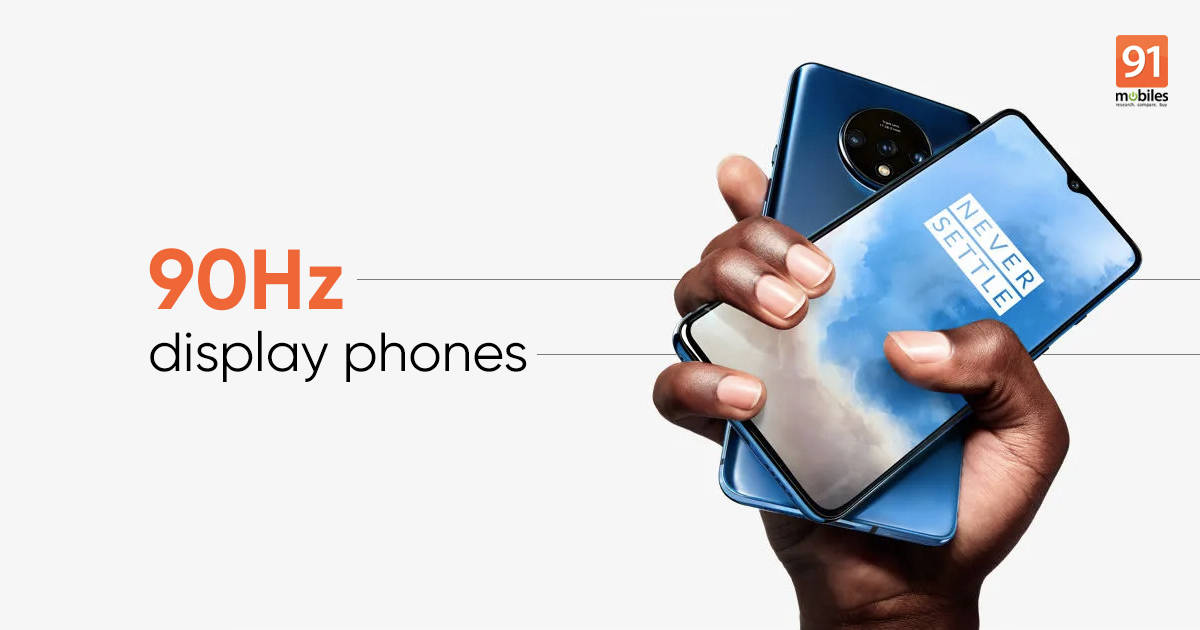
High screen refresh rate ensures smoother scrolling, better animations, and the ability to display more frames per second
Plenty of phones with 90Hz display have been launched in India. We’ve picked the top 10 90Hz display phones that you can buy in India right now. In no time, 90Hz display has become just as important as any other aspect of a handset, such as screen resolution, chipset, cameras, battery, and configurations. The high refresh rate of 90Hz (or more) means smoother scrolling and much better animations compared to the average 60Hz refresh rate panel, thus improving the overall user experience. The 90Hz panels have been around for a while – in monitors or gaming phones – but never on a mainstream smartphone. Had it not been for OnePlus to introduce a phone with a 90Hz display, who knows we would still be making peace with a lower refresh rate.
What is 90Hz (or 120Hz) display?
There’s a fairly big assortment of 90Hz or 120Hz display smartphones out there, but before we get into that here’s a quick explanation about the tech. The 90Hz or 120Hz are the refresh rates at which the image redraws on the screen. Displays with a 90Hz refresh rate render images 90 times per second, while the 120Hz refresh rate will display images at 120 times per second. The higher the refresh rate, the lesser is the motion blur and the better the image quality. How does it affect your experience? Such displays offer fluid animation and you’ll love scrolling through the app drawer, images, web pages, etc. The only drawback of a high refresh rate is that it consumes more battery.
Additionally, while the screen refresh rate and Touch Refresh Rate are co-related, they are not the same. The latter is basically the speed at which a screen registers your touch and responds with the next set of renders in the animation. If the Touch Refresh Rate and screen refresh rate are the same — say 60Hz or 90Hz, the animations render in one interval. However, if the touch refresh rate is slightly higher than the screen rate, then the animation will be fluid and overall experience will improve. Apple’s iPhone 11 series, for instance, have 60Hz refresh rate and 120Hz touch response rate. Notably, only compatible apps and videos will seem smoother and fluid on a 90Hz display compared to a 60Hz display. There’s no native way to force apps to run on 90Hz or 120Hz refresh rate.
So, yes, the refresh rate is definitely a feature to keep in mind when buying a phone.
List of 90Hz display phones
1. Moto G30
Moto G30 (review) is the affordable 90Hz display phone in India. Priced at Rs 10,999, the phone sports a 6.5-inch HD+ IPS display with the high refresh rate and a waterdrop notch atop. The handset is powered by Qualcomm Snapdragon 662 SoC coupled with Adreno 610 GPU, 4GB RAM, and 64GB storage that is further expandable up to 1TB via a microSD card. The Moto G30 boots Android 11 OS with a near-stock experience and packs a 5,000 battery with 20W fast-charging support.
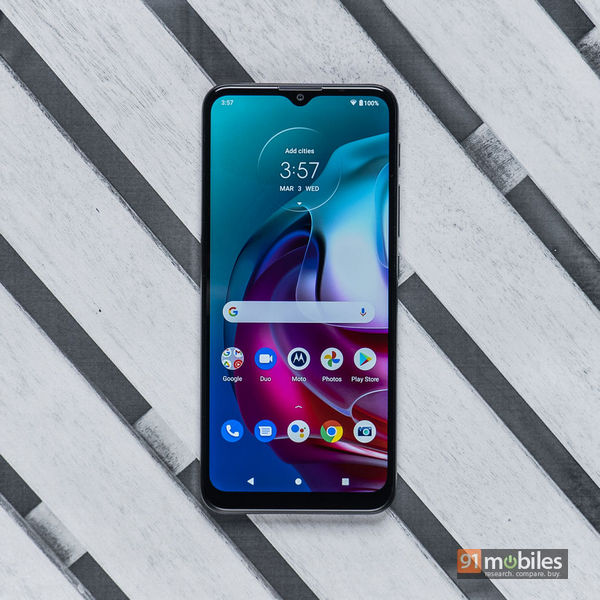
In the camera department, the Moto G30 rocks a 64MP quad-camera setup at the back. Up front, it sports a 13MP snapper for selfies and video calling.
2. Samsung Galaxy M12
Samsung Galaxy M12 (review) is the cheapest 90Hz display phone from Samsung yet. The handset is priced in India at Rs 10,999, much like the Moto G30. That said, the phone is powered by 8nm 4G-capable Exynos 850 SoC as opposed to Snapdragon 660 SoC. The Samsung Galaxy M12 packs a 6.5-inch HD+ Infinity-V display and a beefy 6,000mAh battery with a 15W fast charging solution over a Type-C port.
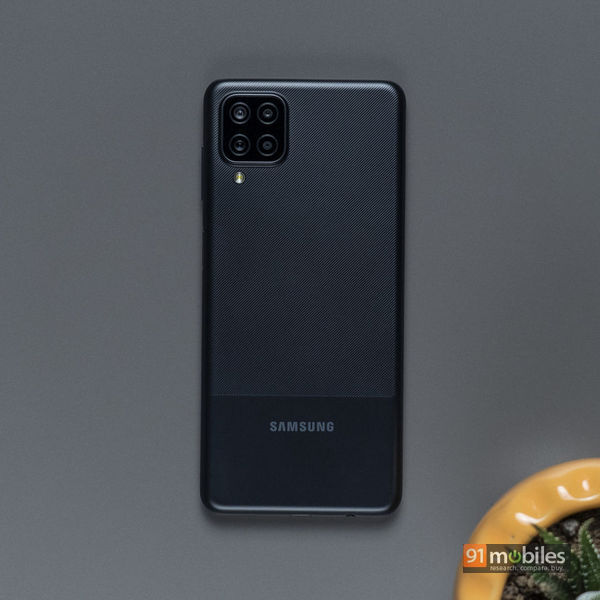
For photography, the Samsung Galaxy M12 employs what the company calls True 48MP quad-camera setup. At the front, the phone features an 8MP shooter for selfies and video calling. The handset also packs a side-mounted fingerprint scanner for security. Other features include Dolby Atmos support, Widevine L1 certification for HD content, and standard connectivity options.
3. OnePlus Nord
OnePlus Nord is a mid-range smartphone from the Chinese phonemaker OnePlus. The handset comes with a 90Hz display, which is 6.44-inch tall and bears an elongated punch-hole, FHD+ resolution, and optical fingerprint scanner. The smartphone is powered by 5G Snapdragon 765G SoC. The Nord houses a 4,115mAh battery and supports Warp Charge 30T fast charging.
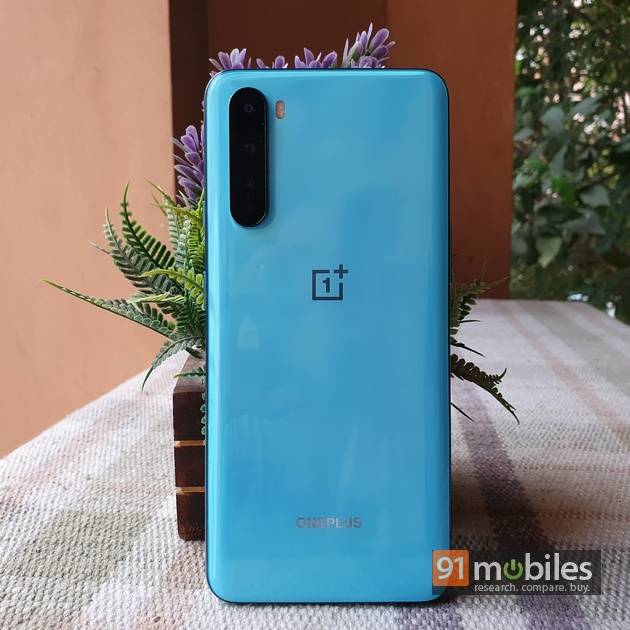
OnePlus Nord specifications also include a 48MP quad-camera system at the back, 32MP + 8MP selfie cameras, and Android 10 with OxygenOS on top to take care of the software side of things. OnePlus Nord has been priced in India starting at Rs 24,999.
4. Realme 7 and 7i
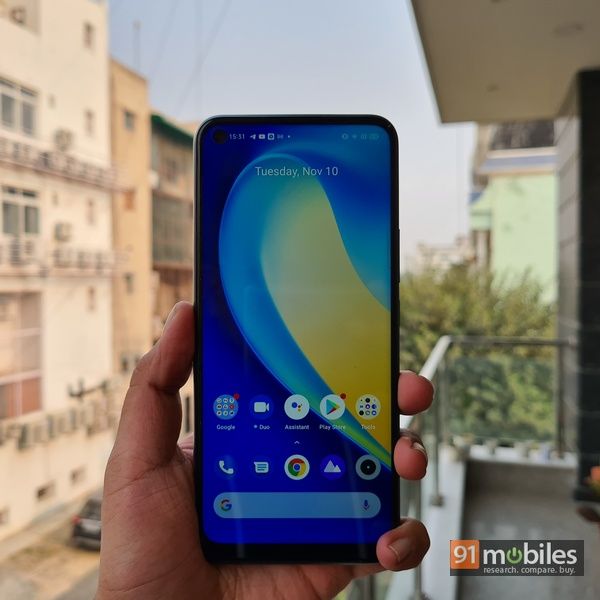
Realme 7 and Realme 7i both come with 90Hz displays. They are the latest numeric-series smartphones from the brand that tout punch-hole design, 6.5-inch IPS screen with HD+ resolution, 64MP quad rear cameras, 16MP selfie camera, 18W fast charging solution, and 5,000mAh battery. The only notable difference between the two smartphones is the chipset: the Realme 7i rocks Snapdragon 662 SoC under the hood, while Realme 7 comes with a slightly better MediaTek Helio G95 chipset. Realme 7i price in India is set at Rs 11,999 for the base 4GB RAM + 64GB storage variant, whereas the Realme 7 costs Rs 14,999 for the 6GB RAM + 64GB storage option.
Buy Realme 7 and 7i
5. Samsung Galaxy A52 and A72
Samsung Galaxy A52 and Galaxy A72 both come with 90Hz displays. The A52 sports a 6.5-inch FHD+ AMOLED Infinity-O display, whereas the Galaxy A72 comes with a 6.7-inch FHD+ Super AMOLED Infinity-O screen. Other specifications of the phones are pretty much the same. Both Galaxy A52 and Galaxy A72 are driven by Snapdragon 720G SoC, 64MP quad rear cameras, 32MP selfie camera, 25W fast charging solutions.
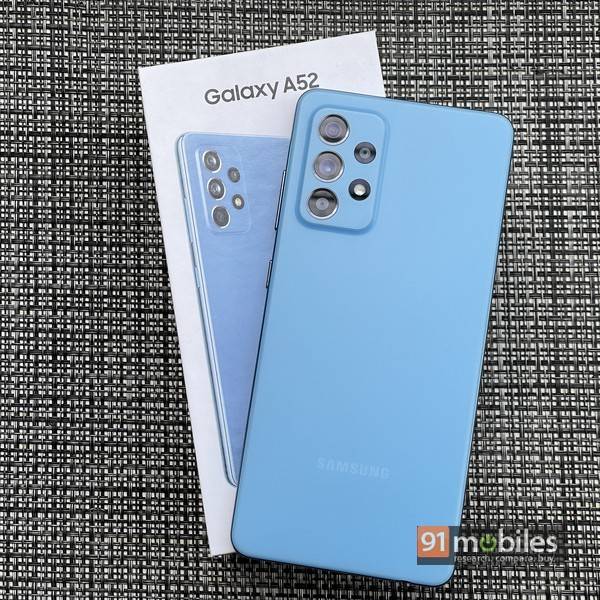
The phones run One UI 3.1 atop Android 11 out of the box. While the Samsung Galaxy A52 is driven by a 4,500mAh battery, the Galaxy A72 rocks 5,000mAh battery under the hood. Samsung has priced Galaxy A52 and Galaxy A72 starting at Rs 26,499 and Rs 34,999 respectively.
Buy Samsung Galaxy A52 | Galaxy A72
6. Moto G 5G
Moto G 5G is probably the most affordable 5G smartphone with a 90Hz screen in the country. The handset ships with a 6.7-inch Max Vision LTPS FHD+ display and Qualcomm Snapdragon 750G chipset with built-in 5G modem ticking at its core. The device runs Android 10 OS with near-stock Android skin on top out of the box and highlights IP52 rating for dust protection.
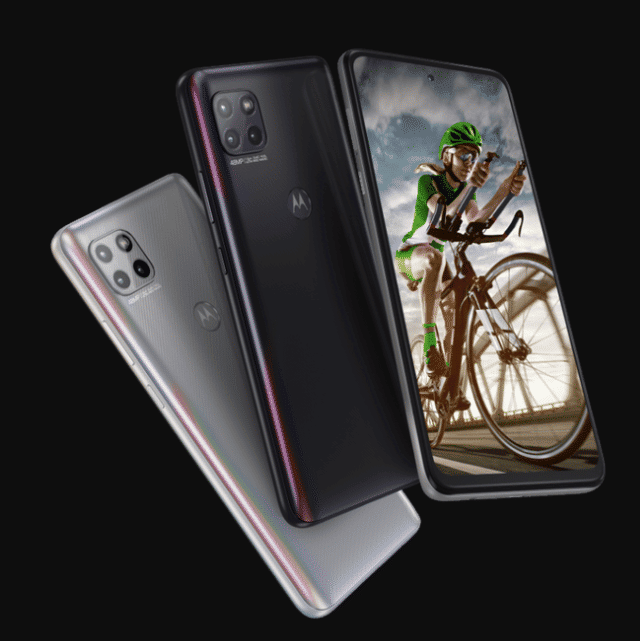
The Mogo G 5G camera setup includes 48MP primary sensor paired with an 8MP wide-angle lens and a 2MP macro lens at the back. Up front, it packs a 16MP snapper for selfies and video chats. The smartphone employs a 5,000mAh battery with 20W fast charging support. Moto G 5G price in India is set at Rs 20,999 for the variant with 6GB RAM and 128GB internal storage.
7. OnePlus 8
While the OnePlus 8 Pro sports an astounding 120Hz display, the OnePlus 8 features 90Hz screen – which isn’t bad per se. The handset is an affordable flagship offering from the brand and succeeding OnePlus 7T from last year. The OnePlus 8 comes with the same form factor as its predecessor, thanks to a 6.55-inch Full-HD+ Fluid AMOLED display that has a punch-hole for a selfie camera instead of waterdrop notch. The handset is powered by Qualcomm Snapdragon 865 SoC and houses a beefy 4,300mAh battery with Warp Charge 30T support.
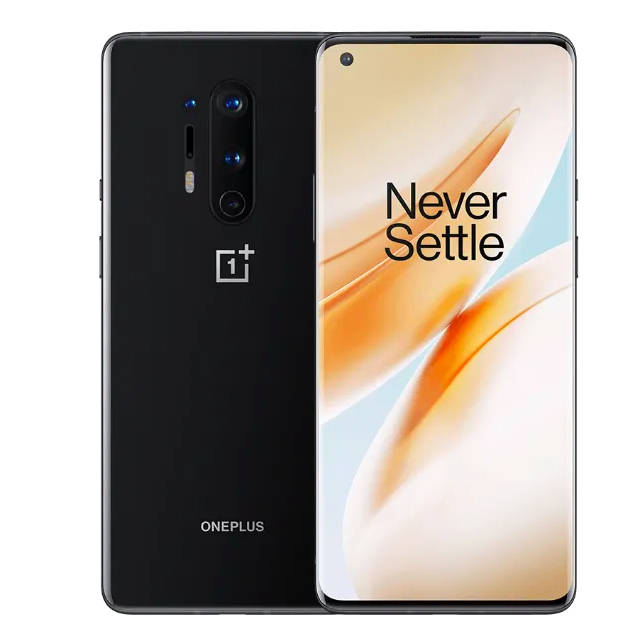
In optics, the OnePlus 8 rocks triple rear cameras with 48MP primary sensor, 2MP macro sensor, and 16MP ultra-wide angle. The front camera of the phone features 16MP shooter for selfies and video calling. The handset runs Android 10-based OxygenOS out of the box with Dark Theme 2.0. The OnePlus 8 has been priced in India at Rs 41,999 for the 6GB RAM + 128GB storage variant, while 8GB RAM + 128GB storage option costs Rs 44,999. The top-end 12GB RAM and 256GB storage variant has been priced at Rs 49,999.
8. Vivo X50 series
X50 series is Vivo’s 90Hz display phone with mid-range specifications. The series comprises Vivo X50 and X50 Pro. Both handsets ship with 6.56-inch full-HD+ AMOLED displays with curved edges and Snapdragon 700-series SoCs. The Vivo X50 Pro highlights HDR10+, 5G connectivity, 48MP quad cameras with gimbal support, a 4,315mAh battery.
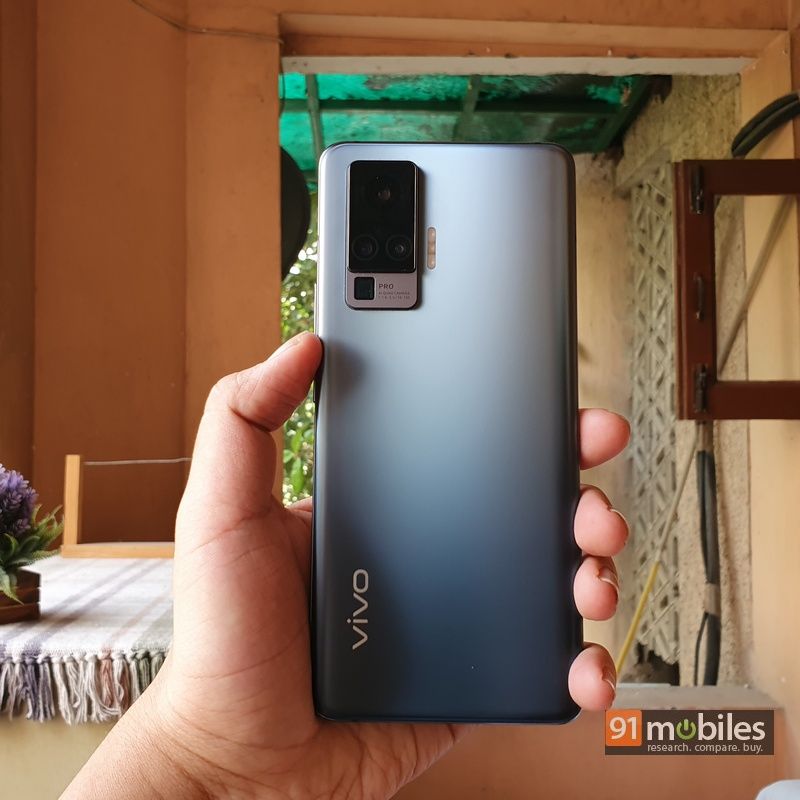
The Vivo X50, on the other hand, has a slightly smaller 4,200mAh battery. The phone has 48MP quad rear cameras, but there is no gimbal support. The handset also lacks HDR10+ and 5G connectivity. Vivo X50 price in India starts at Rs 34,990, while the Vivo X50 Pro is selling at Rs 49,990.
Buy Vivo X50 and X50 Pro
9. Mi 10
Mi 10 is Xiaomi’s flagship offering that touts a curved 6.67-inch full HD+ AMOLED display with 90Hz refresh rate. The handset is powered by Qualcomm’s finest piece of silicone to date, Snapdragon 865 SoC, coupled with 5G modem, Adreno 650 GPU, up to 12GB of RAM, and 512GB storage. It boots Android 10 OS with MIUI 11 custom skin overlaid on top, on the photography front, sports 108MP quad rear cameras. The setup consists of 108MP Samsung HM1 main sensor, a 13-megapixel ultra-wide, 2-megapixel macro and 2-megapixel depth sensors.
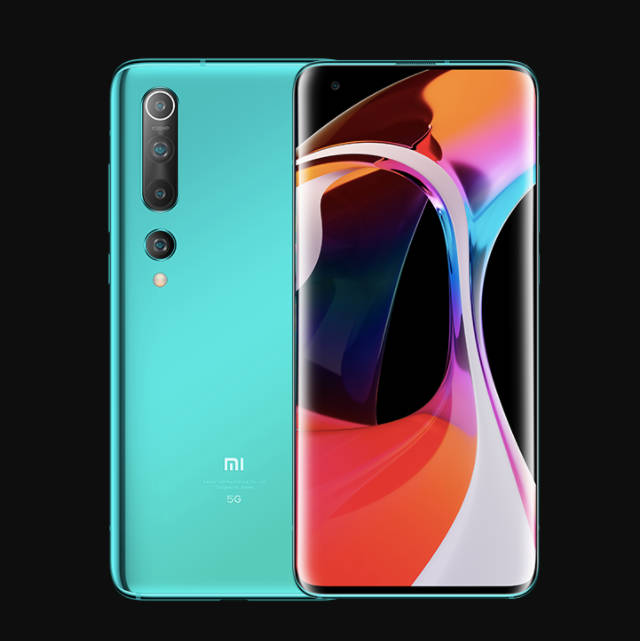
The Mi 10’s front camera is fitted with a 20MP shooter inside a punch-hole in the top-left for selfies and video calling. The entire setup is driven by a 4,789mAh battery with 30W fast charging. The Mi 10 was scheduled to launch in India on March 30th, but it currently stands postponed due to the ongoing coronavirus outbreak. The handset recently debuted globally in Europe alongside the Mi 10 Pro, which boasts the same specifications as the vanilla Mi 10. The only notable difference is the slightly upgraded 108MP quad rear cameras and a 4,500mAh battery with 50W fast charging support.
The Mi 10 price in India has been set at Rs 49,999 for the 128GB storage variant, while the 256GB option costs Rs 54,999.
10. Infinix Zero 8i
Infinix Zero 8i comes with specifications that look good – at least on paper. The 90Hz display phone packs dual selfie cameras, which consist of a 16MP primary sensor and an 8MP ultra-wide-angle lens, in an elongated punch-hole setup. The handset sports a 6.85-inch full HD+ display with a 90Hz refresh rate and 180Hz touch sampling. At its core lies MediaTek Helio G90T SoC coupled with 8GB RAM and 128GB internal storage that is further expandable via a microSD card.
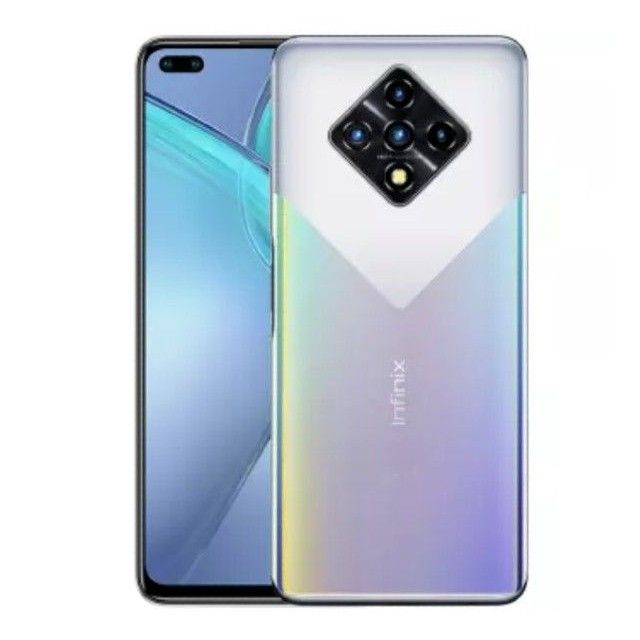
For photography, the Infinix Zero 8i sports a quad-camera setup with 48MP primary sensor, an 8MP ultra-wide-angle lens, and a couple of 2MP sensors for depth and AI lens. The phone houses a 4,500mAh battery and supports 33W fast charging. Infinix Zero 8i price in India is set at Rs 14,999.
The post Best 90Hz display phones 2021: Moto G30, Samsung Galaxy M12, Realme 7 series, OnePlus Nord, and more first appeared on 91mobiles.com.
via ©91 Mobiles









ليست هناك تعليقات:
إرسال تعليق